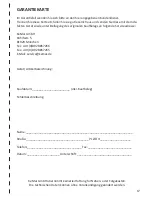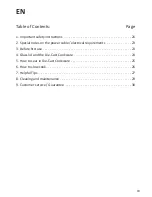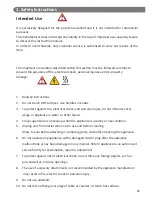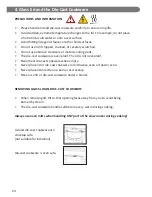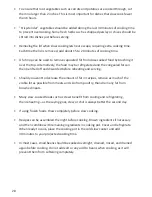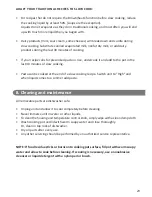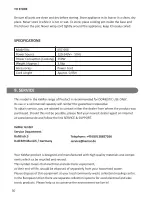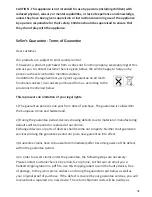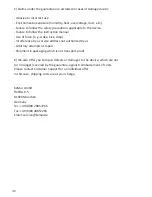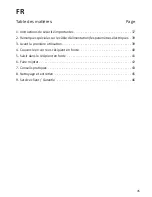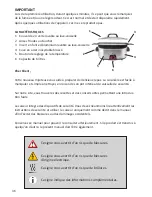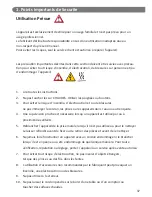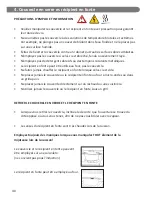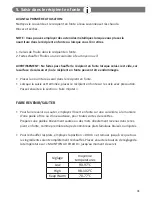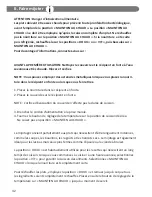
8
• To ensure that root vegetables such as carrots and potatoes are cooked through, cut
them no larger than 2 inches. This is most important for dishes that slow cook fewer
than 6 hours .
• ”Crisp-tender” vegetables should be added during the last 30 minutes of cooking time
to prevent overcooking. Some fresh herbs such as chopped parsley or chives should be
stirred into dishes just before serving.
• Removing the lid when slow cooking lets heat escape, requiring extra cooking time.
Each time the lid is removed, add about 15 to 20 minutes of cooking time.
• A fat mop can be used to remove separated fat from slow-cooked food by brushing it
over the top. Alternatively, the food may be refrigerated and the congealed fat can
then be lifted off and discarded before reheating and serving.
• Should you want to decrease the amount of fat in recipes, remove as much of the
visible fat as possible from meats and skin from poultry, than drain any fat from
browned meats.
• Many slow-cooked foods such as stews benefit from cooling and refrigerating,
then reheating – as the saying goes, stew or chili is always better the second day.
• If using frozen foods, thaw completely before slow cooking.
• Recipes can be assembled the night before cooking. Brown ingredients if necessary
and then combine with remaining ingredients in cooking pot. Cover and refrigerate.
When ready to cook, place the cooking pot in the cold slow cooker and add
30 minutes to your projected cooking time.
• In most cases, dried beans should be soaked overnight, drained, rinsed, and drained
again before cooking. Do not add salt or any acid to beans when cooking, as it will
prevent them from softening completely.




